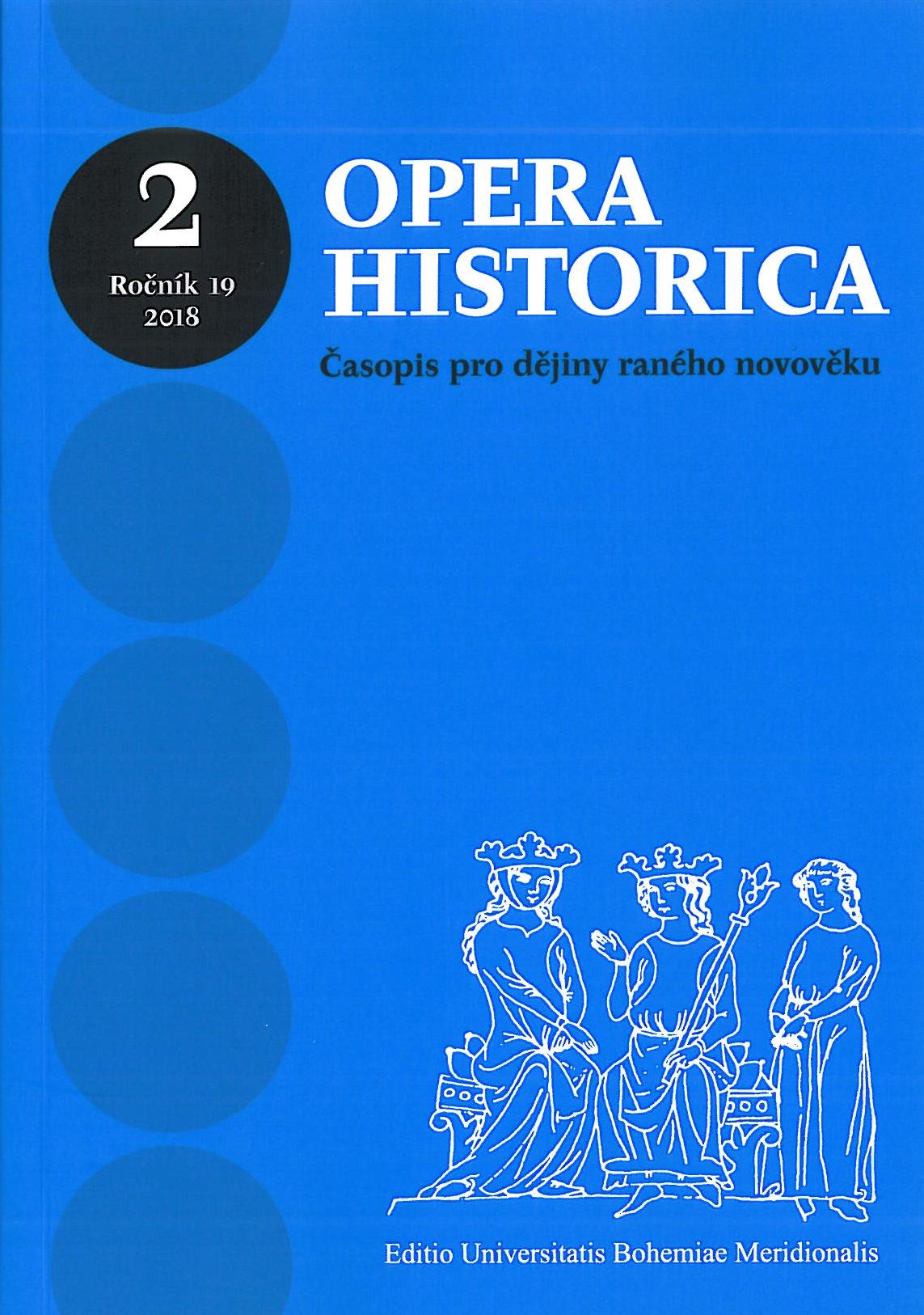Between rhetoric and propaganda Jesuit and Piarist panegyrics in the Polish-Lithuanian Commonwealth
Between rhetoric and propaganda Jesuit and Piarist panegyrics in the Polish-Lithuanian Commonwealth
Author(s): Andrea MarianiSubject(s): Cultural history, Comparative history, 17th Century, 18th Century
Published by: Jihočeská univerzita v Českých Budějovicích
Keywords: Panegyrics; Polish-Lithuanian Commonwealth; Jesuits; Piarists; 16th century; 17th century; 18th century
Summary/Abstract: Panegyrics are a valuable primary source for reconstructing early-modern culture and mentality. However, Polish scholars have only recently paid attention to them due to the difficulties posed by their elusive language and complex rhetoric figures relying on both Ancient literature and Holy Scripture. The present article does not focus on their content. Instead, it statistically analyses a set of more than 1200 panegyrics printed between the late 16th century and late 18th century by Jesuits and Piarists, the two most influential religious congregations active in the educational field in the Polish-Lithuanian Commonwealth. The author aims to show the extent of this literary phenomenon and its transformation over time to provide a general overview to scholars focusing on specific texts. In particular, the article answers the following questions: how many panegyrics Jesuits and Piarists published, to which social layers and on which occasions they were dedicated. Finally, the author analyses the connections between particular noble families and religious houses. The number of printed panegyrics considerably fluctuated over time, depending on wars and political crises. After peaking in the second quarter of the 18th century, it dropped due to the transition from Baroque to Classicism in the realm of rhetoric. Most panegyrics were dedicated to the members of the high nobility, followed by bishops and the ruling family. On the other hand, the middle nobility and burghers played a secondary role. The occasions for publishing panegyrics show the increasing institutionalization of this literary genre as prints usually celebrated the entry of ecclesiastical or secular dignitaries or family celebrations such as weddings and funerals.
Journal: Opera Historica
- Issue Year: 24/2023
- Issue No: 2
- Page Range: 325-349
- Page Count: 25
- Language: English

